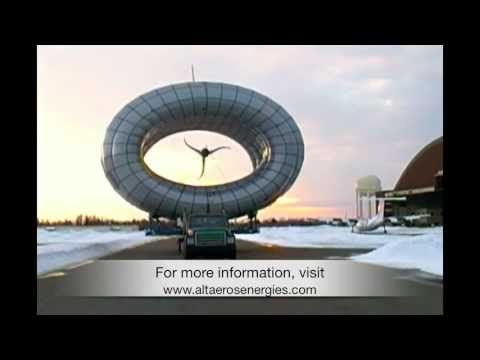It will have solar panels that replenish a rechargeable battery during sunlight hours with new battery technology able to sustain phasa 35 s flight path through the night and for months on end.
Airborne solar panel.
Solar energy engineers are working to leverage the full power of sunlight by developing new processes to produce more reliable and cost effective solar panels that can withstand variations in supporting temperature wind forces hail and other airborne debris impacts.
An airborne photovoltaic solar system comprising a parabolic reflector concentrator 110 1210 spread by wind a solar panel 102 1202 raised to high altitude using at least one lighter than air balloon 103 1201 tracking the sun using aerodynamic surfaces and or changes in buoyancy relying on wind and or cold air to cool the solar panel in one embodiment as well as related.
Through industrialisation digitalised automation and applying different production process technologies we are making spacecraft components more affordable for our clients.
After cleaning the study s solar panels saw a 50 percent jump in efficiency.
Pollen and other airborne particles that can build up on the solar panels over time.
This procured hydrogen in turn can be recombined with oxygen in a fuel cell for electricity generation during the night.
Airstream solar panels never get caught with dead batteries again.
Most of the stuff caked on the panels was ordinary dirt and dust.
But a small percentage around 8 percent was from.
Solar panels convert both direct and indirect sunlight into energy.
In other words the airborne solar power system will be endowed with the capacity to obtain hydrogen via electrolysis from the extra solar electricity produced during the day.
Zamp solar s engineering team wants to solve your real world problems and increase the value of your product.
High winds blowing from all directions can wreak havoc on even the most well built of homes.
Wind is another factor that may contribute damage in a hurricane.
Airborne s specific expertise was required to produce the substrate panels for the solar panels with a surface area of almost 9 m2 per panel the largest units manufactured by airborne to date.





























